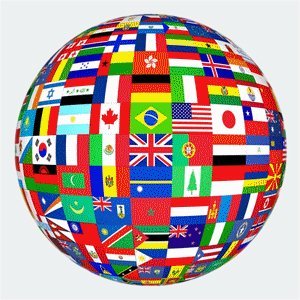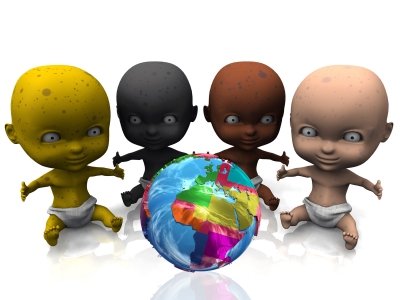The claim that speaking one or more foreign languages increases your job marketability has almost become cliché in recent years. However, in an ever-globalizing world, it is truer than ever. For those who attain fluency in one or more languages beyond their native language, translation is an obvious option, with a variety of directions to go in. But there are several other careers either directly related to languages or tangentially related.
Any time someone achieves a deep understanding of any subject, there is always the option to become a teacher in that area. Depending on level of education, certifications and work experience, this could even be at the college or university level. Similarly, polyglots may often become theoretical or applied linguists and go on to publish industry-related research. These are also the folks that organizations tap into when a languages-related study needs to be developed and conducted.
Outside of academia, there is also an array of interpretation careers. When most people think of interpretation, they imagine the highly skilled interpreters that might work at the UN or some other multi-national organization. Achieving that level of professional success may be daunting for some, but there are certainly other directions to go in as an interpreter. Businessmen and women who travel for their work often find themselves in a country where they do not know the language, and require an interpreter to follow them around for a few days or weeks. This kind of work can be grueling in terms of work hours, but often pays higher rates because of it.
The tourism and hospitality industry is also a popular choice for those who study languages or grow up with fluency in more than one. Everything from hotels to cruise ships, restaurants and vineyards will often employ bilingual people, especially those with knowledge of English. Other less-obvious options that many don’t consider are museums and libraries. Regional departments in a museum, for instance, may require someone with extensive knowledge of the language from those regions, even ancient languages. Some jobs as a librarian, or information scientist, may also ask for knowledge of at least one additional language.
One area that many language students overlook is that of logistics and distribution. This is a thriving industry in many parts of the world, and due to the nature of international transport, often requires knowledge of different languages at the level of being able to communicate. Employees working in a ship harbor, for instance, may need to coordinate with their equivalents at the port of embarkation. Communicating with distributors in another country may also be required, as well as communicating with import and export agents or government representatives.
In sum, there is certainly a plethora of options to consider when researching language-related careers. Each carries its own set of requirements and non-language related training. But an in-depth knowledge of at least one foreign language will certainly open a variety of doors in the job marketplace.














